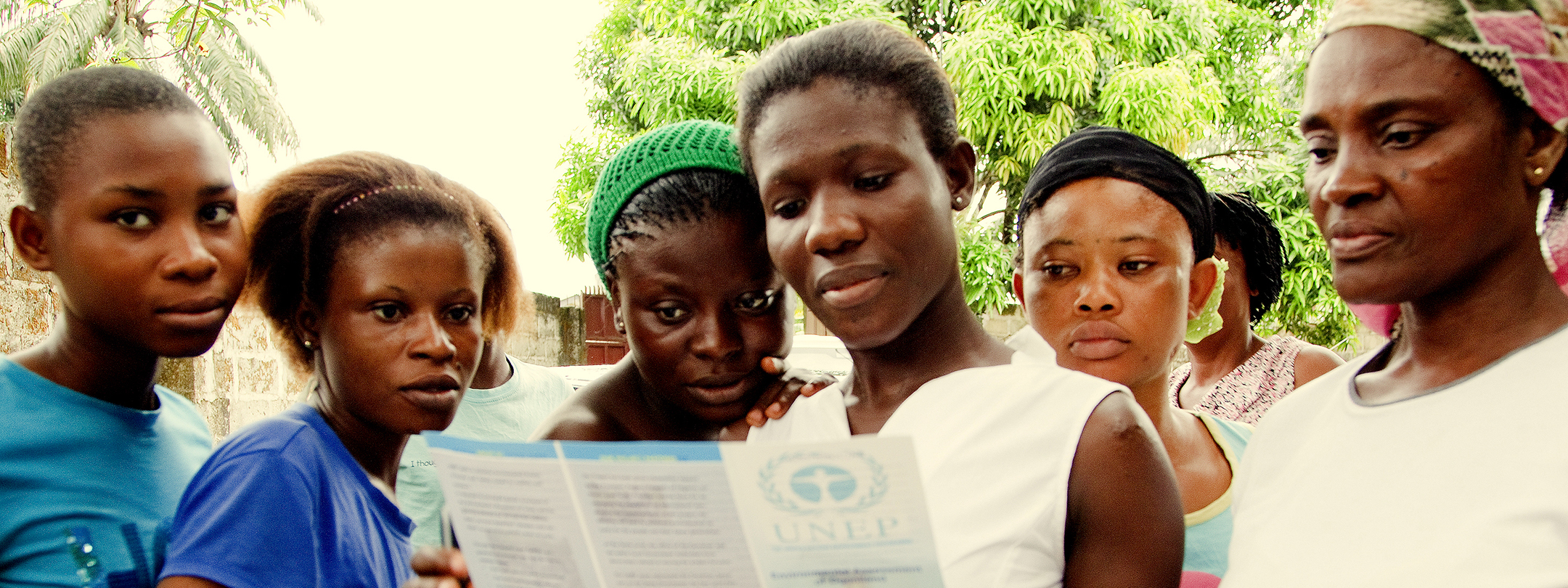Political Violence, Land Reform and Child Health: Results from Zimbabwe
Publisher: Center for Effective Global Action
Author(s): Olga N. Shemyakina
Date: 2014
Topics: Governance, Livelihoods, Monitoring and Evaluation
Countries: Zimbabwe
The article examines the impact of politically-motivated violence in Zimbabwe following the 2000 referendum and the accompanying it controversial land reform on children's health, measured by heightfor-age and weight-for-height z-scores. Empirical analysis employs the 1999 and 2005/06 Demographic and Health Surveys and information on the location and date of violent events from the Armed Conflict Location and Event dataset. To identify the impact of violence on children’s stature, the empirical analysis exploits temporal and spatial variation across birth cohorts, assuming all children surveyed in 2005/2006 were exposed to conflict. Children born after the 2000 referendum had lower height-for-age and higher weight-for-height z-scores than children from the earlier cohort, suggesting that the long-term effect of conflict on child height was more important than the short term variations in weight. This longterm effect evidenced by height-for-age z-score declines is greater in areas more affected by violence for older children, older girls in urban areas, and children in rural locations. This study provides further empirical evidence on the effect of conflict on child health in the context of state-led violence using multiple indicators of health. The results of this study are largely consistent with the literature on countries that experienced full-fledged civil wars. The similarity of the results across these studies is important as it indicates that populations of countries that are not “officially” impacted by a civil war, but governed by repressive regimes suffer in similar ways, and may require similar forms of international assistance.
